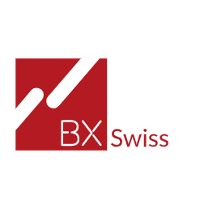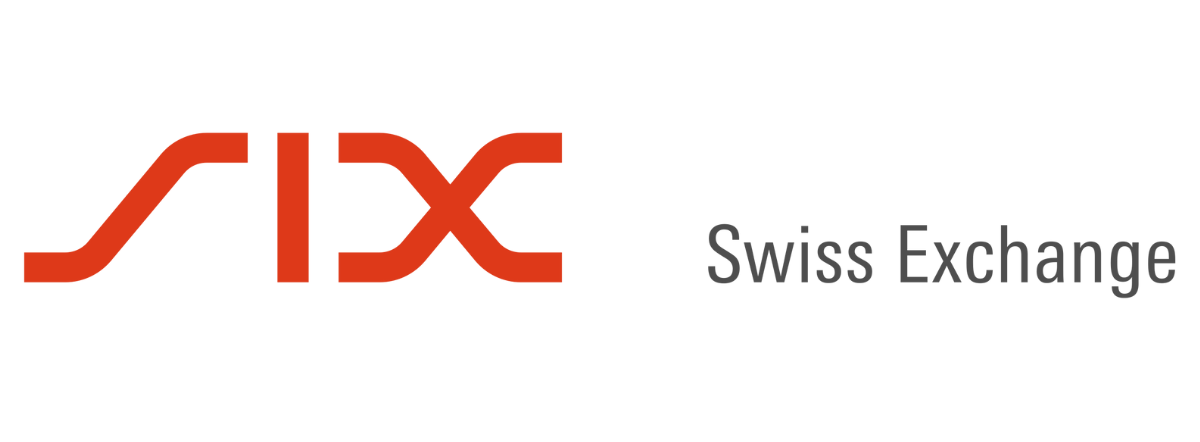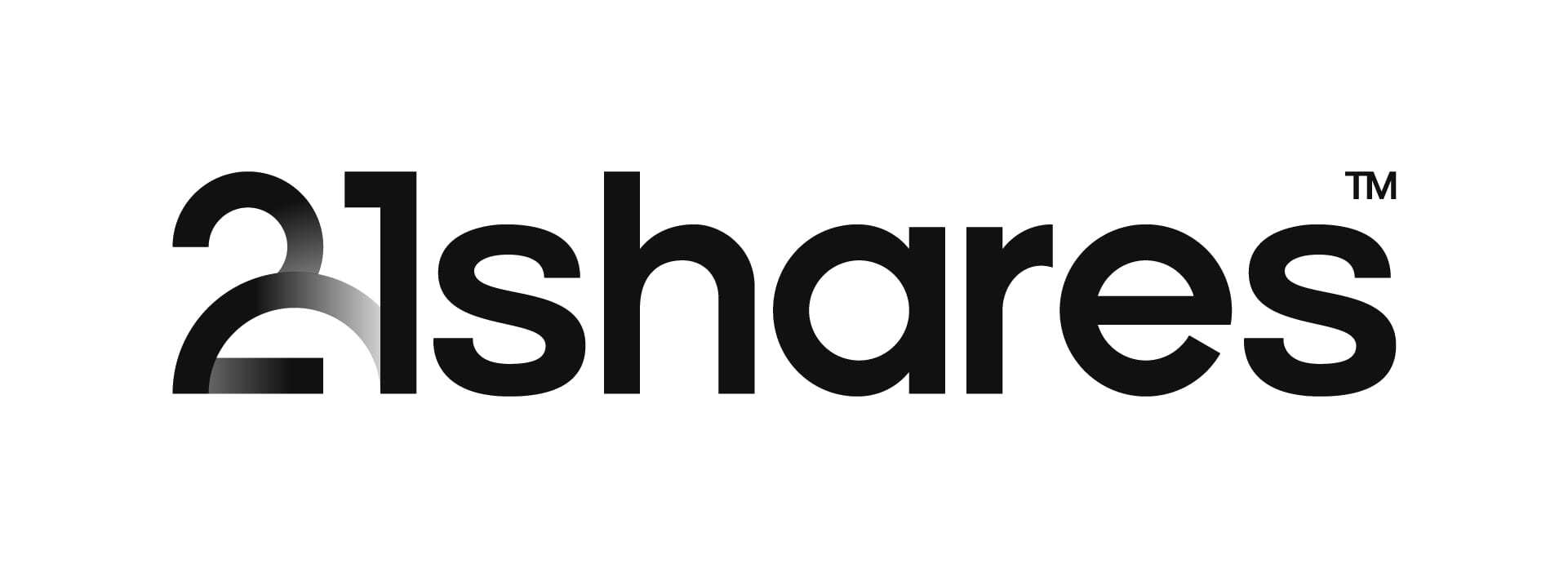The SIX Swiss has been the exchange of choice for many European ETF issuers listing in Switzerland, however, a challenger has been making its bid to entice issuers to change exchanges for the region with its cheaper fees and alternative client audience.
BX Swiss, a Zurich-based subsidiary of Boerse Stuttgart, has been listing ETFs for approximately two years and has managed to attract BlackRock, DWS, Lyxor and Tabula Investment Management to list products on its exchange.
In total, BX Swiss has 213 ETFs listed including various currency hedges and asset classes. BlackRock has 83 ETFs on the exchange as well as DWS and Tabula having listed 54 and 6 ETFs, respectively.
In December 2019, Lyxor delisted 30 ETFs from the SIX Swiss and immediately listed with BX Swiss to have a total of 70 products available on the exchange, according to data from Ultumus.
One significant difference between the two Swiss exchanges is the listing and management fees for ETF issuers.
Type of feesBX Swiss (CHF)SIX Swiss (CHF)Admission of new issuer (one-off)8,00010,000New listing of collective investment scheme (CIS)3,0002,000-3,000Yearly fee cap for new listing per issuer20,000No capAnnual maintenance fees (per CIS)1-10 Instruments1,5003,00011-20 Instruments1,0001,50021-25 Instruments5001,000>25 Instruments300500
Source: BX Swiss Exchange
BX Swiss matches or underprices SIX Swiss across the board when it comes to listing ETFs on its exchange. Notably, new issuers looking to list with the exchange can pay CHF2,000 less than listing with SIX Swiss. Additionally, depending on how many instruments the issuer has listed with the exchange, a firm will save between CHF200 and CHF1,500 per product each year on maintenance fees.
To persuade issuers to list or transfer multiple products at a time, BX Swiss offers a yearly fee cap of CHF20,000. This means ETF issuers will not incur any further listing charges beyond their seventh product over the course of 12 months.
The maintenance fees also include BX Swiss managing the market making, according to Matthias Mueller, financial markets operation at BX Swiss.
Speaking to ETF Stream, Mueller says BX Swiss chose a single market maker because it suits the firm’s business model of keeping fees low as well as it not being a high frequency stock exchange.
“We are more retail and independent asset manager focused whereas SIX Swiss targets the more institutional clients,” Mueller said.
Prior to joining BX Swiss, Mueller held numerous positions for the SIX Group and SIX Swiss Exchange over the course of nearly nine years. These positions included product management, senior sales manager and group innovation management.
For the ETF issuers, everything is about cost-benefit and “listing and market making ETFs are a big cost base”, according to Michael John Lytle, CEO at Tabula IM.
Lytle comments on Switzerland being one of the most important markets for ETF issuers to list products along with the UK, Germany and Italy.
But before being able to provide accessibility to ETFs for Swiss investors, there are a number of hurdles an issuer must tackle.
“In order to reach many Swiss investors, an issuer needs to register with FINMA, the local regulator, but the only way to do this is through applying to list on an exchange,” Lytle said.
In addition to trading on exchange, investors have access to ETFs through over the counter (OTC) trading.
Lytle says OTC trading is growing its share of trading volumes as platforms like Tradeweb are regional rather than national.
“Many investors trade on exchange but this seems like more of an operational benefit rather than requiring deep pools of liquidity.”
Tabula IM’s initial push to BX Swiss over SIX Swiss was attributed to a requirement for ETF issuers to list all share classes of a fund in Switzerland. Lytle said this was a significant financial burden however this requirement has since changed.
While it is significantly cheaper for issuers to list with BX Swiss, the trading volumes on the exchange pale in comparison to those on SIX Swiss due to its institutional client focus. Trading volumes are important because they can confirm to investors how liquid a product is while higher volumes can lead to tighter bid-ask spreads.
What is driving ETF adoption among European IFAs?
In Q1 2020, SIX Swiss hosted 511,152 ETF transactions with the volume turnover for a single ETF topping at over 1.6m. The exchange saw over one million trades in 2019 with an average trade size of CHF120,000 whereas BX Swiss has an average of CHF20,000.
For BX Swiss, the exchange has seen an increase in trading volume in the past few months as a result of the coronavirus pandemic but does not consider itself as a high frequency stock exchange.
Mueller said: “We are not massive in turnover however, that is not the most important factor for ETF issuers to join BX Swiss. They have a strategy in mind where they would choose the more expensive stock exchange for their flagship funds which provide heavy trading volumes and here, they can have more selective products available to a region at a cheaper cost.”
FESE: Unprecedented times – exchanges are prepared
The main concern for institutional investors when considering an ETF in Switzerland is that it is registered with FINMA, Lytle says. Institutional investors will trade wherever there is liquidity and would not be bound to the local exchange. It is the small institutions that will prioritise the ticket costs with the local exchanges offering lower costs which is what keeps them local.
Interestingly, most issuers have picked either BX Swiss or SIX Swiss to list their products, but cryptocurrency ETP provider 21Shares has listed on both exchanges.
Hany Rashwan, founder and CEO of 21Shares, commented: “They often have different customer profiles or different geographic footprints, and we want to ensure that investors can find our products wherever they look.”
Rashwan praises both exchanges and plans to continue having the firm’s ETPs listed on both for the foreseeable future.
Sign up to ETF Stream’s weekly email here






